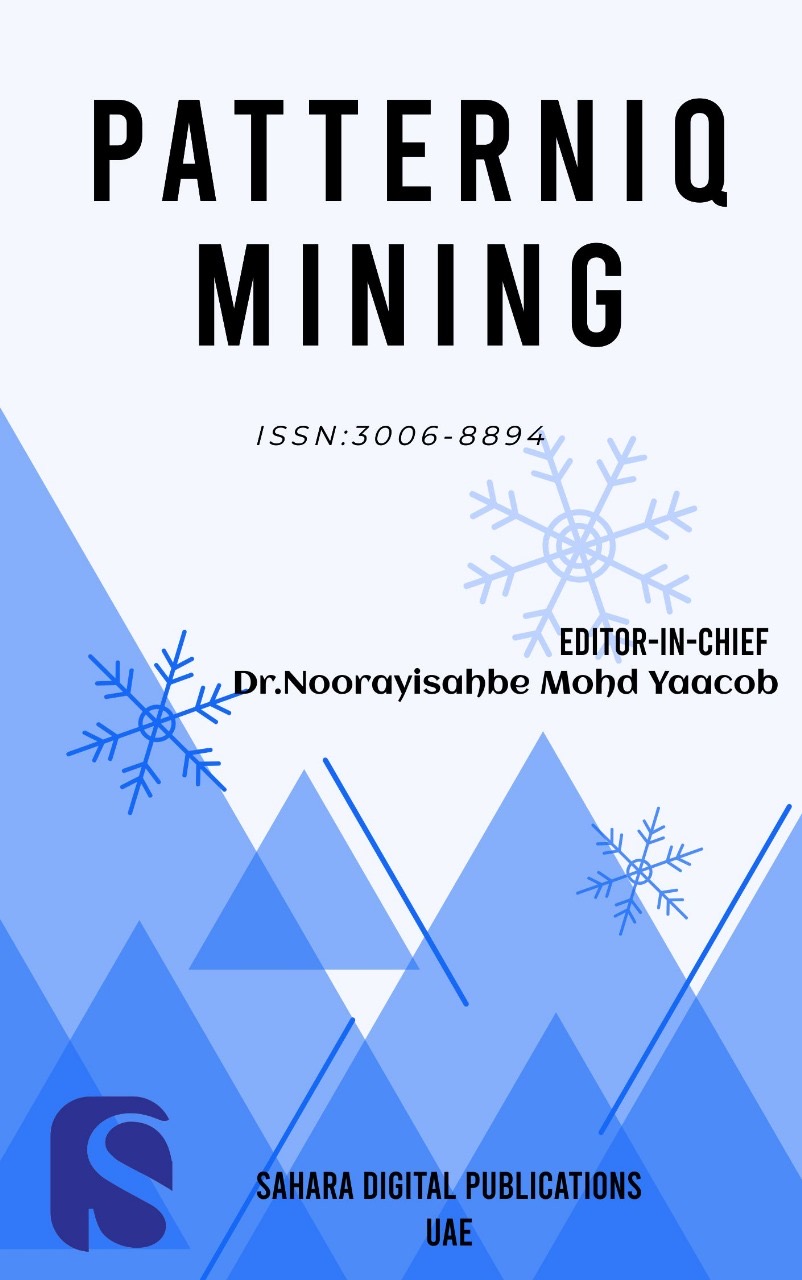Title: RECENT ADVANCES AND APPLICATIONS OF APRIORI ALGORITHM IN EXPLORING INSIGHTS FROM HEALTHCARE DATA PATTERNS

PatternIQ Mining
© by piqm - Sahara Digital Publications
ISSN: 3006-8894
Volume 01, Issue 02
Year of Publication : 2024
Page: [27 - 39]
Authors :
Ali Al-Sarayrah
Address :
School of management and logistics, German Jordanian University
Abstract :
The growing accessibility of extensive healthcare datasets has highlighted the need for solid methods for discovering significant connections and trends that can guide clinical decision-making and management of healthcare practices. The Apriori algorithm, recognized for effectively detecting common item groups and connection rules, presents a hopeful method to tackle these issues. This paper explores the latest progress and real-world uses of the Apriori algorithm in analysing patterns in healthcare data. By thoroughly examining the literature and case studies, this paper proposes the Healthcare Analytics and Insight Framework (HAIF), in which the Apriori algorithm can find meaningful connections and trends in healthcare data. The information obtained by Apriori-based analysis can help improve individualized patient care, resource management, and predictive analytics, leading to better healthcare delivery and patient outcomes. Moreover, the research investigates several challenges and opportunities associated with utilizing the Apriori algorithm for medical data analysis. It highlights the need of interpretability, adaptability, and ethical concerns in examining healthcare data, underlining the importance of conscientious data handling and security protocols. This research offers essential information about how the Apriori algorithm can reveal valuable insights from patterns in healthcare data that can help improve data-driven medical decision-making and patient-focused care delivery strategies.
Keywords :
Healthcare data; Pattern mining; Apriori algorithm; Insights; Clinical decision making; Healthcare management; Patient care
DOI :
https://doi.org/10.70023/piqm24123
